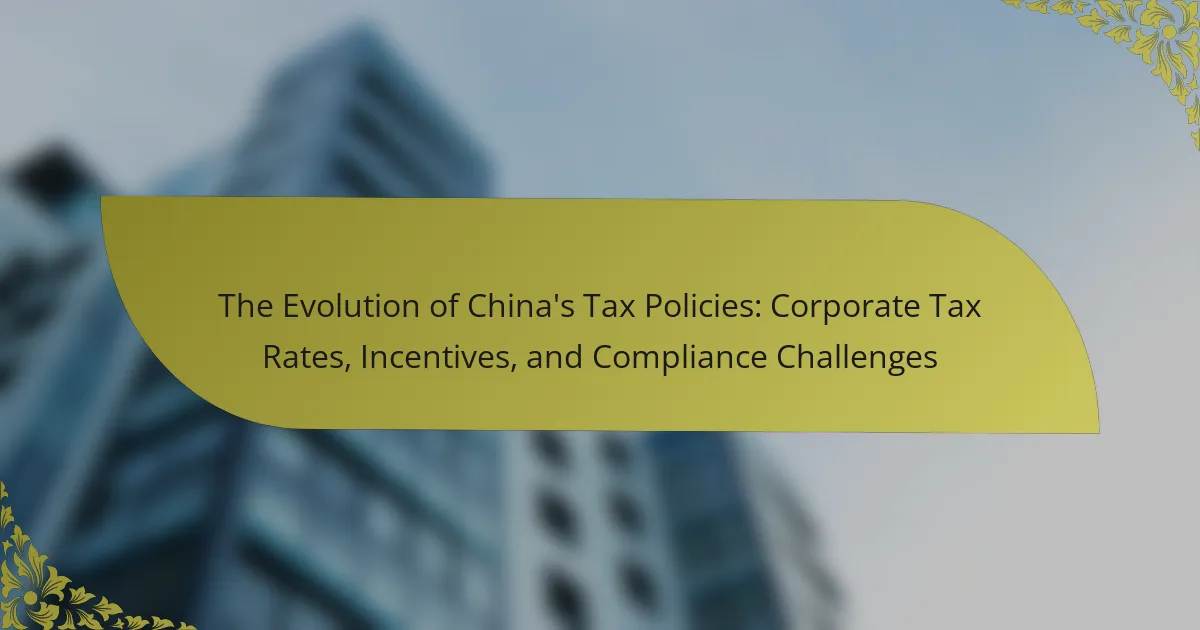
Emerging Trends in China’s Renewable Energy Sector: Innovations, Challenges, and Market Opportunities
China’s renewable energy sector is experiencing transformative growth, driven by advancements in solar and wind technologies. The country leads global solar panel production, contributing over 30% of the world’s capacity, while also becoming the largest market for wind power installations. Key trends include increased investment in energy storage and a focus on hydrogen energy, supported…








